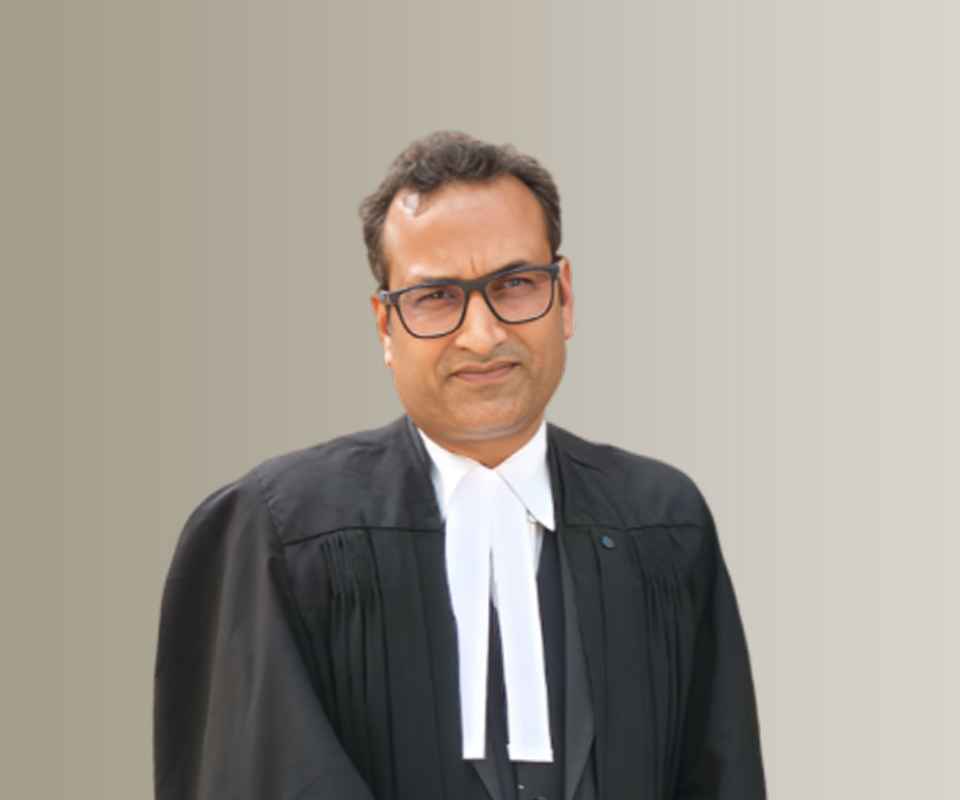Answer By law4u team
Yes, filming an accident for social media can impact a negligence case in several ways, both positively and negatively. The effect of sharing or recording an accident on platforms like Instagram, TikTok, or Facebook can influence the case’s outcome, particularly in terms of evidence and liability, and sometimes even damages. While videos and photos can be valuable evidence in negligence cases, the act of filming or posting on social media could also raise issues related to witness credibility, privacy concerns, and contributory negligence.
Here are the key factors to consider:
1. Use of Social Media Content as Evidence
In a negligence case, videos or photos taken during or immediately after an accident can be crucial pieces of evidence. Social media platforms often provide time-stamped, real-time visual documentation that can help to verify the facts of the case, demonstrate the extent of the damage or injury, and support the plaintiff's or defendant’s version of events.
Positive Impact: If the footage shows the accident scene clearly, it can serve as valuable evidence in court. For example, footage that shows traffic conditions, the moment of impact, or the condition of the vehicles could prove helpful in establishing liability.
Example: A bystander posts a video showing that the defendant was texting and not paying attention when they caused a car crash. This video could serve as evidence of distracted driving, supporting the plaintiff's negligence claim.
Negative Impact: On the other hand, edited or selectively posted videos can also distort the facts, leading to challenges about their authenticity. If the footage is incomplete, misrepresents the sequence of events, or is presented out of context, it could weaken a case or even undermine its credibility.
Example: A video that cuts off just before the defendant swerved into the plaintiff’s lane may give the impression that the accident was not their fault, when the full footage would have shown the defendant’s negligence.
2. Impact on Witness Testimony
If someone posts a video of the accident on social media, it may affect how witnesses are perceived in a negligence case. Bystanders or witnesses who film an accident and post it on social media may be viewed differently in court.
Witness Credibility: Posting footage on social media could impact the credibility of witnesses. If a witness is seen as more interested in gaining social media attention or seeking personal gain (e.g., views, likes, or followers), their reliability as a neutral witness might be questioned.
Example: A witness who posts a video to social media and adds dramatic commentary about the accident could be seen as biased or self-serving, which could harm their credibility in court.
3. Privacy and Legal Concerns
Recording and sharing accident footage on social media might raise privacy issues, especially if sensitive information about the accident or the people involved is exposed.
Personal Injury and Privacy: If a person who was injured in the accident is filmed in distress or shown in a compromising position (e.g., bleeding, unconscious, or in pain), posting such footage could violate their privacy. The defendant might argue that the video was taken out of context or was invasive.
Example: If an injured person’s distress is broadcast without their consent, they might seek legal remedies for emotional distress, or the video could be deemed prejudicial by the court, impacting the case’s fairness.
Defamation Risk: If someone shares video footage that inaccurately portrays the incident or labels one party as at fault without context, the accused party could argue that the video was defamatory and harmed their reputation. In such cases, social media posts could be scrutinized for false statements or misleading representations.
4. Influence on Damages (Contributory Negligence)
In certain cases, the act of filming an accident on social media could be interpreted as contributory negligence, especially if the person filming was distracted and not paying attention to their surroundings when the accident occurred. If the filming contributes to the cause of the incident, it could reduce or negate the compensation awarded.
Contributory Negligence: If a person involved in an accident is shown in the video to be distracted by their phone or not paying attention while recording the event, the defendant might argue that the plaintiff’s negligence contributed to the incident or worsened the injuries. In comparative negligence jurisdictions, this could result in a reduced recovery.
Example: If the person filming was walking across a crosswalk and fails to notice an approaching vehicle while focused on recording the accident, they may be partially liable for any injury they suffer as a result. In a comparative negligence jurisdiction, their recovery may be reduced accordingly.
5. Unintentional Admission of Fault
Sometimes, individuals who are involved in accidents or who film them might make statements on social media that could be interpreted as an admission of fault or negligence, whether intentional or not. This can significantly impact the case.
Self-Incrimination: If a defendant or even a plaintiff posts a video with an accompanying message that seems to admit responsibility (e.g., I’m so sorry, I didn’t see them coming), it could be used as evidence of liability.
Example: A driver involved in an accident posts a video of the crash on social media along with a caption like, I wasn’t paying attention and didn’t see the pedestrian. This could be used against the defendant to establish fault in the case.
6. Exclusion of Evidence
In some cases, social media posts may be excluded as evidence if they are deemed to be irrelevant, prejudicial, or unfairly inflating the severity of the incident. Courts may be cautious about admitting social media content because it can be easily manipulated or taken out of context.
Evidence Admissibility: If a social media post is deemed to violate the rules of evidence, it may be excluded from the case. This could happen if the footage is deemed to be improperly obtained, edited, or presented in a misleading manner.
Example
Case Example: Social Media Video of a Car Crash
Imagine a car accident occurs at an intersection, and a bystander films the aftermath and posts the video on Instagram. The video clearly shows the moment of impact and the involved vehicles but also includes a caption that states, It looks like the red car ran the light and caused the crash! The video goes viral and becomes central to the case.
Positive Impact: The footage is timestamped and provides clear evidence of the accident scene, which supports the plaintiff's claim that the defendant ran the red light. This strengthens the plaintiff’s case and may be used to prove liability.
Negative Impact: The video’s caption could be seen as prejudicial if the caption is perceived as an opinion rather than a factual statement. If the caption is biased or misleading, the defense may argue that it prejudices the jury against the defendant. Additionally, if the video shows personal injury details of the plaintiff or defendant, it could raise privacy concerns or even legal challenges from those involved.
Conclusion
Filming an accident for social media can have both positive and negative effects on a negligence case. On one hand, such footage can serve as valuable evidence, helping to verify facts, establish liability, or show the severity of injuries. On the other hand, social media posts can also complicate the case by introducing issues related to witness credibility, privacy violations, contributory negligence, or misleading representations. In some instances, videos or statements shared on social media could even work against the person who filmed the accident, especially if it is perceived as self-serving or harmful to the integrity of the case.
Ultimately, while social media can be a helpful tool in gathering evidence, it’s essential to approach it carefully and be aware of the potential legal consequences that might arise from publicly sharing or recording accident-related content.







